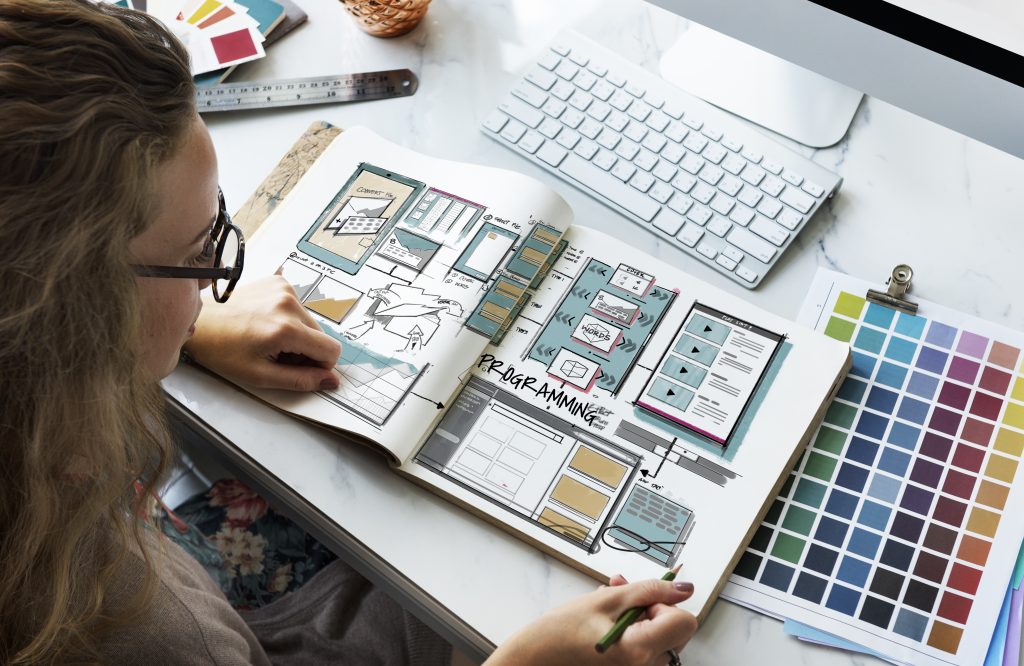In today’s digital world, design is more than just how something looks—it’s about how it feels to use. That’s where UX Design (User Experience Design) comes in. UX design focuses on creating products, websites, and apps that are not only beautiful but also intuitive, functional, and enjoyable for users.
At its heart, UX design is about empathy—understanding people, their goals, frustrations, and behaviors. A UX designer studies how users interact with digital products and then designs solutions that make those interactions smoother and more satisfying. It’s not just about aesthetics; it’s about making technology human. Whether it’s signing up for a newsletter, booking a trip, or shopping online—every touchpoint should feel easy, seamless, and pleasant.
UX design is both creative and analytical. It usually follows a few key stages:
- Research: Understanding user needs, behaviors, and pain points through interviews, surveys, or analytics.
- Define: Identifying the problems to solve and setting clear goals.
- Ideate: Brainstorming creative solutions and exploring different design directions.
- Design: Creating wireframes, prototypes, and visual layouts.
- Test: Gathering feedback from real users and refining the design for better results.
People often confuse UX (User Experience) with UI (User Interface).
Simply put:
- UX Design focuses on the experience — how it works.
- UI Design focuses on the interface—how it looks.
Both work hand-in-hand. A beautiful interface means little if it’s confusing to use, and a great user experience needs an interface that feels inviting and easy to navigate.
The ultimate goal of UX design is simple: when design and usability come together, technology becomes invisible—and the user’s journey feels natural and satisfying.

